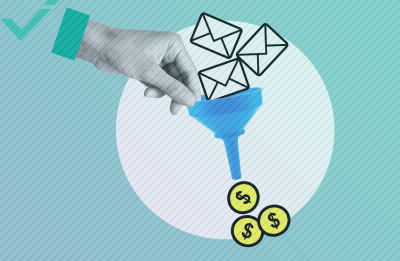The Netherlands isn’t the largest country in Europe, but it’s definitely one of the most economically prosperous. Furthermore, it’s one of the best places for international expansion, thanks to its logistical benefits.
The Holland International Distribution Council calls it Europe’s logistics hotspot for a reason: its location, first-class infrastructure, and favourable business climate make the Netherlands one of the best international trading spots. Moreover, on 11 April 2019, DPD NL opened The Hub Eindhoven—Europe’s largest international parcel sorting and distribution centre, strengthening the country’s position on the global market. Some experts also predict that Brexit will affect the market even more: Rogier Spoel, air freight policy manager at the European Shippers’ Council (ESC), believes that the EU’s economic centre will gradually move more toward the Netherlands, Belgium, and Germany.
Therefore, a decision to enter the Dutch market in the next few years might be a really shrewd one. However, you need to prepare well if you want to succeed. Here are 7 tips to strengthen your strategy.

1. TAKE ADVANTAGE OF THE ONLINE MARKETPLACE
According to a 2018 report by the Ecommerce Foundation, 27% of the Dutch population prefers to buy online. While this number is lower than in Germany (41%), the UK (45%), and France (35%), it’s still significant. Furthermore, these figures are expected to grow exponentially.
Therefore, if you already run a successful business, the first step might be making your products available to Dutch customers. To do so, you’ll have to keep the local service requirements and customers’ expectations in mind.
2. MAKE DELIVERY AS FAST AS POSSIBLE
The same 2018 report from above shows that Dutch online shoppers tend to be satisfied with the standard delivery currently provided (which is within 1–3 days in most cases). However, most e-commerce businesses offer same-day delivery for orders placed before 2 pm and next-day delivery for orders placed before 11 pm. Therefore, it’s wise to aim for quick delivery if you want to keep up with competitors—or better yet, stand out among them.
3. MIND PAYMENT METHODS
According to the report, in 2017, iDEAL was by far the most popular payment method, with 95% of customers using it. It’s true, credit cards aren’t the main source of payment here. Therefore, if you intend to trade in the Netherlands, you’ll have to learn how iDEAL works.
4. INVEST IN PROMOTION
The Dutch market is quite saturated already, so you will need to do something special to make your products stand out. Investing time and effort in design and promotion is a great option; however, you will need to act according to the rules.
The EU has specific rules for promotion, so you’ll have to either familiarise yourself with them or ask your Dutch partners to help you navigate through the logistics.
5. REPUTATION IS HIGHLY IMPORTANT
In late 2018, the Netherlands’ GDP per capita hit an impressive 52,867.325 USD. However, this doesn’t make Dutch people any less demanding in their purchase decisions. They do their research well before making a purchase and pay special attention to the ethics of the company they’re buying from, as well as how transparent their business practices are.
Of course, your reputation always matters, no matter which country you’re trading in. However, in the Netherlands it’s especially important. You’ll need to not only establish a great reputation but also maintain it by paying attention to each and every detail of how you communicate with your audience.
6. OFFER HIGH-QUALITY AFTER-SALES SERVICE
Selling your products is only half the deal; you need to provide excellent after-sales services as well if you want to get ahead—and stay ahead—of the competition. Such services include troubleshooting, product replacement, offering additional products or services, or even implementing customer feedback. Try to provide the smoothest experience possible to keep your customers satisfied and encouraged to come back for more.
7. CONSIDER FORMING A LOCAL PARTNERSHIP
The Dutch market isn’t only competitive—it’s also very compact. Therefore, if you want to enter as effortlessly as possible, consider seeking out a local partner, be it an agent or a product distributor. They can help you take care of the logistics, regulations, and customer service, or can at least guide you on how best to enter the market.

HOW TO ENTER THE DUTCH MARKET — BOTTOM LINE
Now that you’re equipped with some worthwhile knowledge about the Dutch market, you can begin to form a strategy for taking your business to the next level. Aside from the tips mentioned above, it’s always important to pay attention to details, remain honest, keep your standards high, and work hard to build your audience’s trust—no matter where you choose to operate.


